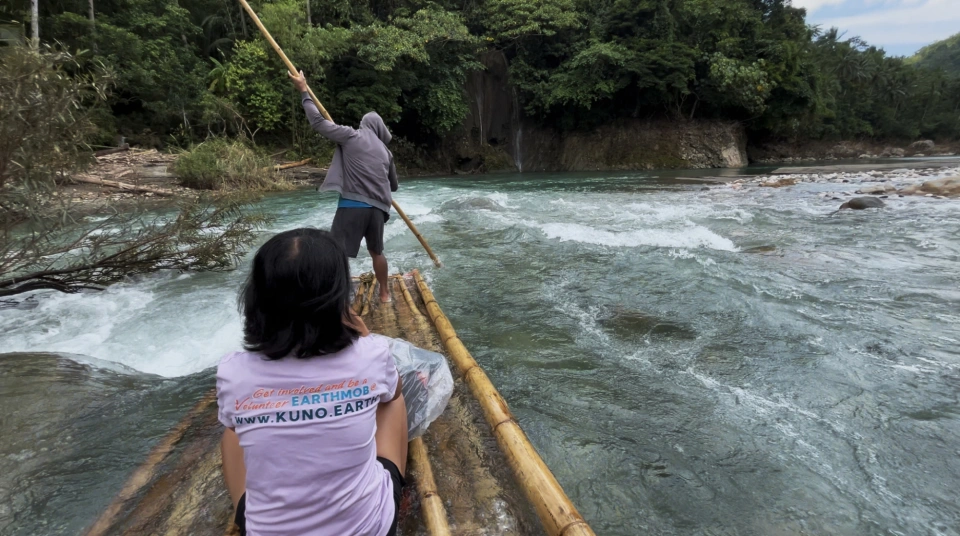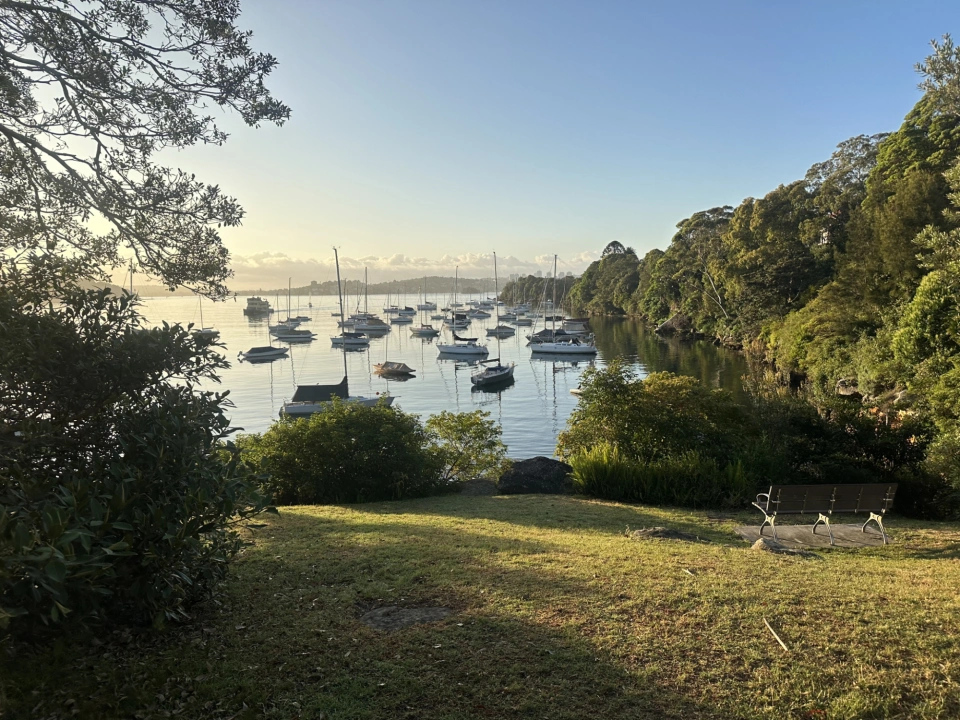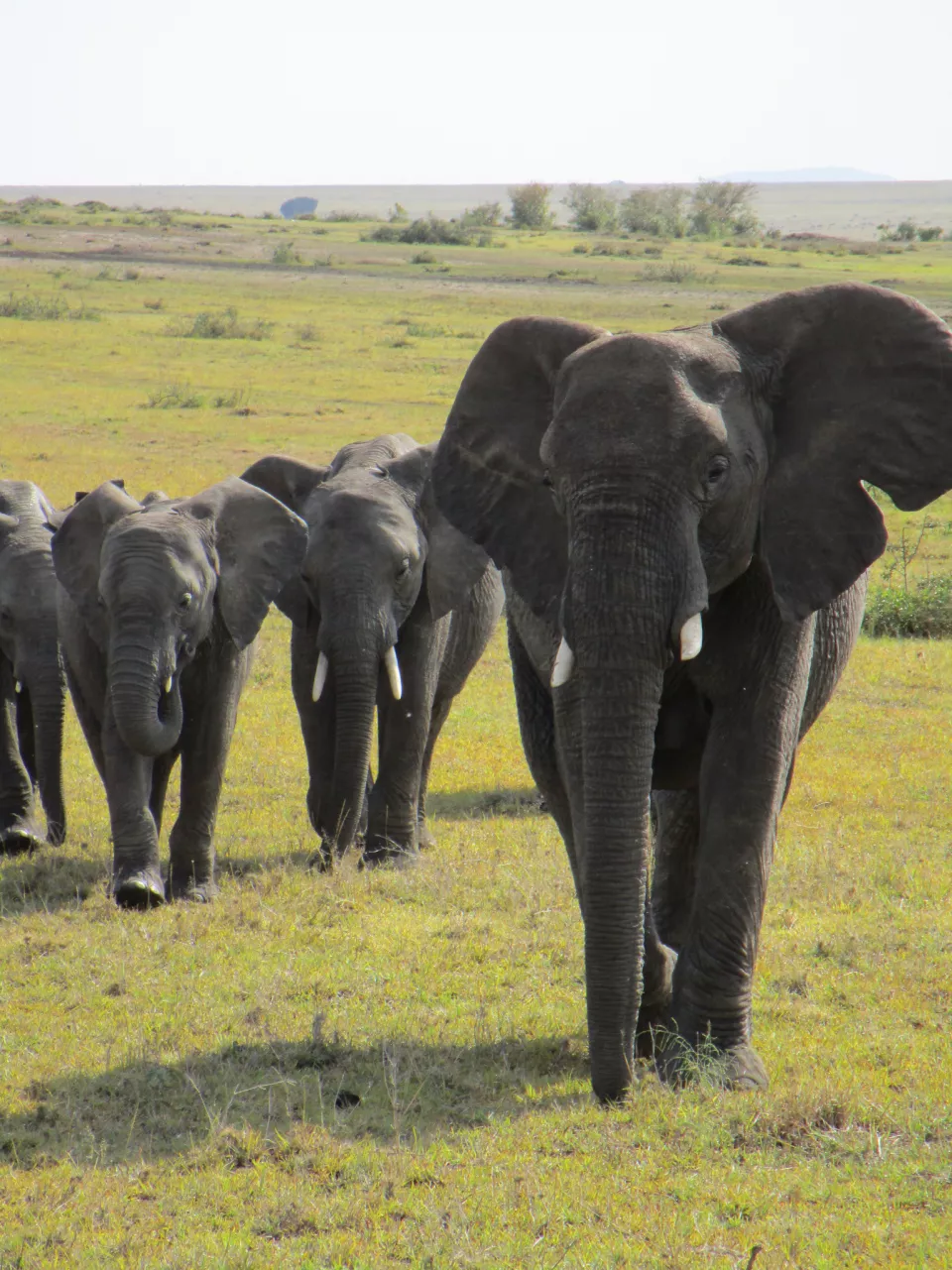Contact
About
Articles by

Geological History of Bruny Island

On the Shoulders of Giants Some thoughts on climbing on the Organ Pipes, Kunanyi

Saving White’s Seahorse

Re-wilding the New Town Rivulet

Himalayan Lynx hunting Markhor in Pakistan

Nature prescribing good for health: Review

Streamlining Conservation through Social Action

Cities need a connection to nature

Genetic diversity and saving the forty spotted Pardalote

Growing up wild and healthy

Kuno. Big idea, starting small.

Paddling from Adventure Bay to Cloudy Bay
Galleries by
Dusky dolphin: ocean acrobat
The dusky dolphin is one of the smaller dolphin species with a maximum weight of about 85 kilograms and a length, of just over two metres. The dusky dolphin is a social species, known for its agility and coordinated acrobatic abilities.
Wildlife of Chitral & Gilgit Baltistan
Snow leopards, golden marmot, markhor, golden eagles, lynx, and other wildlife species frequent the extraordinary region of Chitral & Gilgit Baltistan in Northern Pakistan
takayna / Tarkine
Takayna / Tarkine is a hugely diverse wild landscape with an extraordinary history. Largely unprotected this region has huge potential for national park and world heritage status.
Landscapes of Chitral & Gilgit-Baltistan
Mountains, valleys, alpine lakes and green pastures - the beauty of Chitral & Gilgit-Baltistan.
Wildlife of Antarctica
Antartica, the Southern Ocean and the sub-Antarctic islands host a rich variety of extraordinary life, including penguins, seals, and whales
Bruny Island - A Photographer's Paradise
Bruny Island is an island, off an island, off an island, surrounded by islands. Image: Nick Monk
'Fjällen' - the Swedish Mountains
The Scandinavian mountain range, the Scandes, runs through the border between Sweden and Norway. It covers most of Norway and stretches into the north-west regions of Sweden. These mountainous areas form some of Sweden's most remarkable wilderness.
Birds of the Atlantic Forest
The Atlantic Forest is one of the most biodiverse forests in the world including almost 1000 bird species. Here are a few of these birds from photographer Marcio Conrado.
Mosman Wildlife
Dozens of species of native animals frequent the remnant moist gullies and bushland of the Mosman peninsula, from the Eastern Water Dragon to Peron's Tree Frog and the endangered Powerful Owl
Pelagic Birds of Tasmania
Pelagic birds are birds that spend a large part of their life on the open ocean. These include the majestic Albatross, petrels and terns. This gallery of Pelagic birds by Marcio Conrado was taken off the Tasman Peninsula
Rockhopper penguins
The dramatic-looking rockhopper penguin is characterised by its red eyes, upright yellow head feathers along a supercilium stripe and a crest of black feathers on top. They are separated into three sub-species, photographer here by ecologist Dr Eric Woehler (OAM) and located around the Antarctic and sub-Antarctic zones.
Bruny Island Coastline
Bruny Island has an intricate, complex, beautiful and varied coastline, ranging from sheltered inlets, shallow bays, mudflats, lagoons, and grand sea-cliffs, through to long sandy ocean facing beaches.
Galleries Contributed by
Dusky dolphin: ocean acrobat
The dusky dolphin is one of the smaller dolphin species with a maximum weight of about 85 kilograms and a length, of just over two metres. The dusky dolphin is a social species, known for its agility and coordinated acrobatic abilities.
Wildlife of Antarctica
Antartica, the Southern Ocean and the sub-Antarctic islands host a rich variety of extraordinary life, including penguins, seals, and whales
Pelagic Birds of Tasmania
Pelagic birds are birds that spend a large part of their life on the open ocean. These include the majestic Albatross, petrels and terns. This gallery of Pelagic birds by Marcio Conrado was taken off the Tasman Peninsula
Southwest National Park, Tasmania
Southwest National Park in Tasmania is a vast, mostly trackless wilderness containing ancient forests, the wildest rivers, a glaciated and mountainous landscape and a spectacular coastline with rich aboriginal history.
Tasmanian Marine life
Tasmania's marine environment is globally significant, with a rich mix of ecosystems and habitats fostering marine life found nowhere else on Earth
Bruny Island - A Photographer's Paradise
Bruny Island is an island, off an island, off an island, surrounded by islands. Image: Nick Monk
The fairy tern: tiny beach nester
The fairy tern is a similar size to a hooded plover - so tiny, it would sit comfortably in the palm of your hand. They lay just two eggs, onto the beach sand. See these remarkable images from Tasmanian-based bird ecologist Dr Eric Woehler.
Dark Sky Sanctuaries
The aurora australis lights the skies of Southwest Tasmania. The next Dark Sky Sanctuary? Image: Dan Broun
Bruny Island wildlife
Bruny Island is a haven for rare and unique birds and animals, and is one of the best bird-watching spots in Australia.
The Joshua Tree
Joshua Tree National Park was once described by early explorers as a “profitless locality” and that it “shall be forever unvisited”.
A bit of time, visitation by those with a more discerning eye and the efforts of a determined woman resulted in the protection of a treasured place.
Bryce Canyon National Park, Utah
Bryce Canyon National Park in southern Utah is home to the greatest collection of distinctive spire-shaped rock formations called hoodoos on Earth. Its super-ancient sediment layering dates back to the end of the Cretaceous period, more than 66 million years ago.
Bruny Island Coastline
Bruny Island has an intricate, complex, beautiful and varied coastline, ranging from sheltered inlets, shallow bays, mudflats, lagoons, and grand sea-cliffs, through to long sandy ocean facing beaches.
